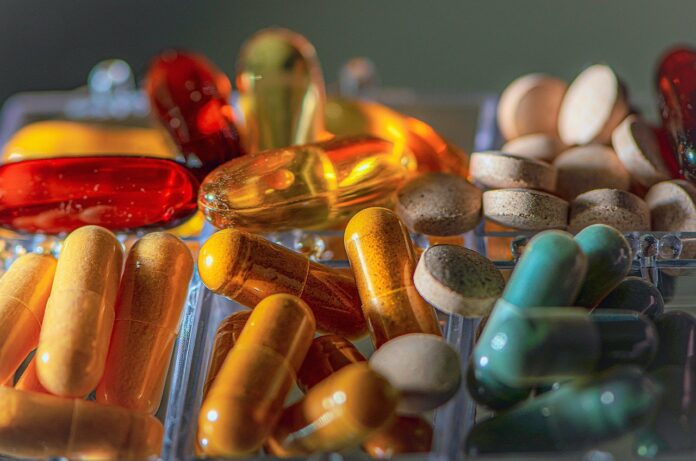Antibiotics have revolutionized medicine and saved countless lives by combating bacterial infections. These powerful drugs play a crucial role in modern healthcare, but their usage comes with a set of fascinating facts and considerations.
Understanding antibiotics, their history, and their impact can help us appreciate their importance and use them responsibly. Here are some intriguing facts about antibiotics and their significance in medicine.
Interesting Facts About Antibiotics
- Gut Bacteria and Allergies: Scientists have identified bacteria in the human gut that prevent the development of food allergies. Antibiotics can reduce the number of beneficial bacteria in a child’s gut, increasing the likelihood of developing food allergies.
- Early Penicillin Testing: Early toxicity tests for penicillin were conducted on live mice. If other animals, such as guinea pigs (since penicillin is toxic to guinea pigs), had been tested, we might not be able to use antibiotics today.
- Increase in Known Antibiotics: In 1945, there were only six known antibiotics. Today, the number of known antibiotics is at least ten times greater.
- Counterfeit Drugs: More than thirty percent of drugs sold in developing countries are counterfeit. About fifty percent of malaria drugs are counterfeit. Over 700,000 people die each year from taking counterfeit drugs.
- Natural Antibiotics: The skin of Korean porcupines contains antibiotics. If their quills are damaged, this helps prevent infection.
- Proper Use of Antibiotics: Only take antibiotics as prescribed by a doctor. Do not self-prescribe or interrupt a prescribed course of treatment.
- Antibiotic Resistance: Some people may develop resistance to the effects of antibiotics. Due to the frequent prescription of antibiotics, tuberculosis began to spread.
- Fungal Infections: If a patient develops a fungal infection after taking antibiotics, they can take antifungal medications to treat it.
- Course of Treatment: If you do not complete the full course of antibiotics, the bacterial infection may not be cured and could become latent. Eventually, strains of bacteria that are no longer susceptible to the antibiotic may develop.
- Use in Agriculture: In 2011, eighty percent of all antibiotics sold in the US were used in meat and poultry production.
- “Angel’s Glow”: During the American Civil War, soldiers’ wounds sometimes glowed. Strangely, soldiers with glowing wounds had a higher chance of survival, leading to the phenomenon being called “angel’s glow.” It is now known that luminescence is caused by bacteria that produce antibiotics and live in nematodes.
- Honey as an Antibiotic: Honey is one of the most effective antibiotics for treating infected open wounds.
- Early Uses of Antibiotics: Before refrigerators, people would put frogs in bottles of milk to keep their favorite drink fresh. This was one of the many early examples of using antibiotics.
- Discovery of Penicillin: Alexander Fleming discovered penicillin, the first natural antibiotic, in 1928.
- Effectiveness Against Bacteria, Not Viruses: Antibiotics can kill most types of bacteria but can do nothing against viruses.
- Side Effects: Like all medications, antibiotics have side effects and should only be used when necessary.
